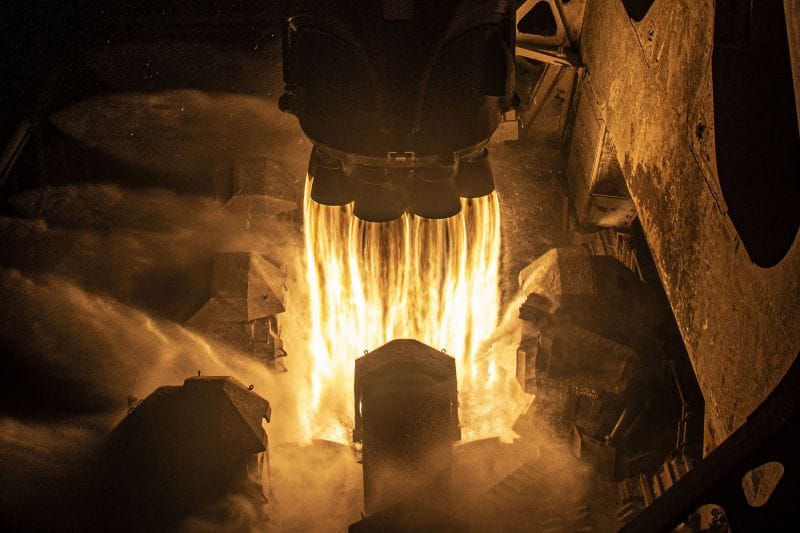Link to the full source article
RSS feed source: National Science Foundation
Finding lubricants that work at exceptionally high temperatures challenges researchers and industries alike. Recently, a Virginia Tech team may have uncovered a promising candidate by happenstance: transition metal spinel oxides formed on nickel-chromium-based superalloys.
Unlike common lubricants that break down under high heat, spinel oxide maintains lubrication up to 700 degrees Celsius (1,292 degrees Fahrenheit) — that’s nearly as hot as a metal forge. Enabling metallic materials to withstand hotter temperatures could ignite a new wave of metals manufacturing for industries like aerospace and nuclear energy, which demand innovations in equipment that can withstand extremely high heat. Sparked to find solutions to this critical need, the researchers were funded by multiple grants from the U.S. National Science Foundation and published their results in Nature Communications.
Spinels and spinel structured oxide belong to a group of semi-precious gemstones sometimes found alongside rubies in rare rocks. The researchers found that the mineral also holds a rare quality: the ability to self-lubricate under heat stress and friction. But there’s a catch. It only appears to do so under certain circumstances, and only when paired with a certain superalloy thus far.
Demand for metal parts that resist rigorous wear at extremely high temperatures is rising in many industries. Solid lubricants such as thin layers of molybdenum disulfide and graphite on metal surfaces can forestall this wear in some examples.
Click this link to continue reading the article on the source website.
